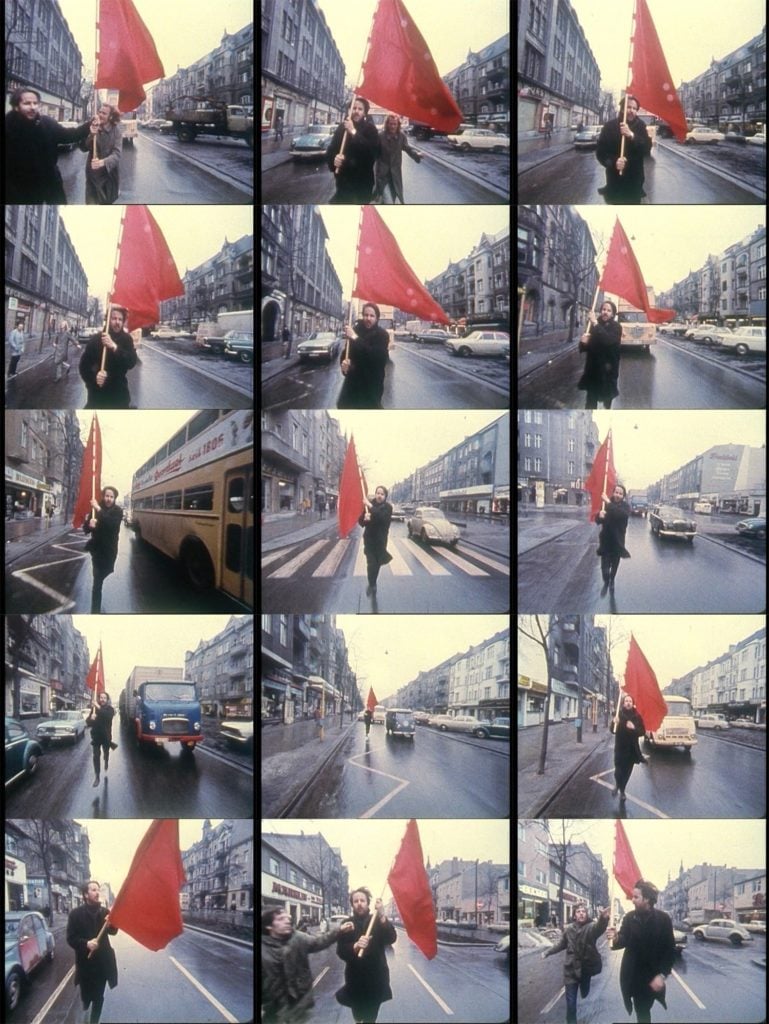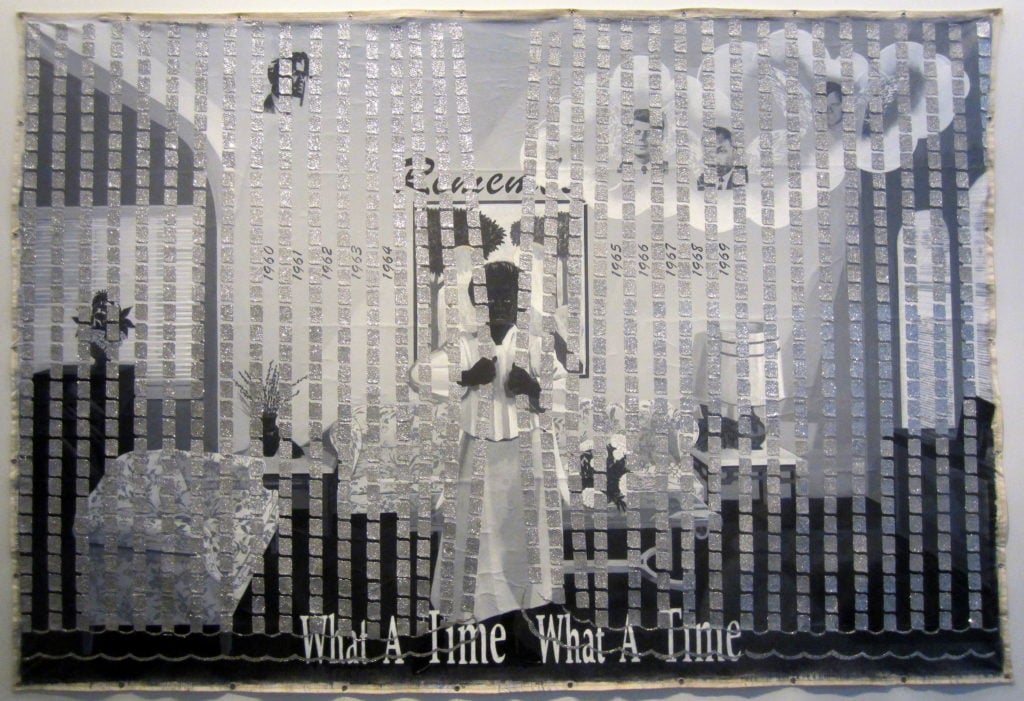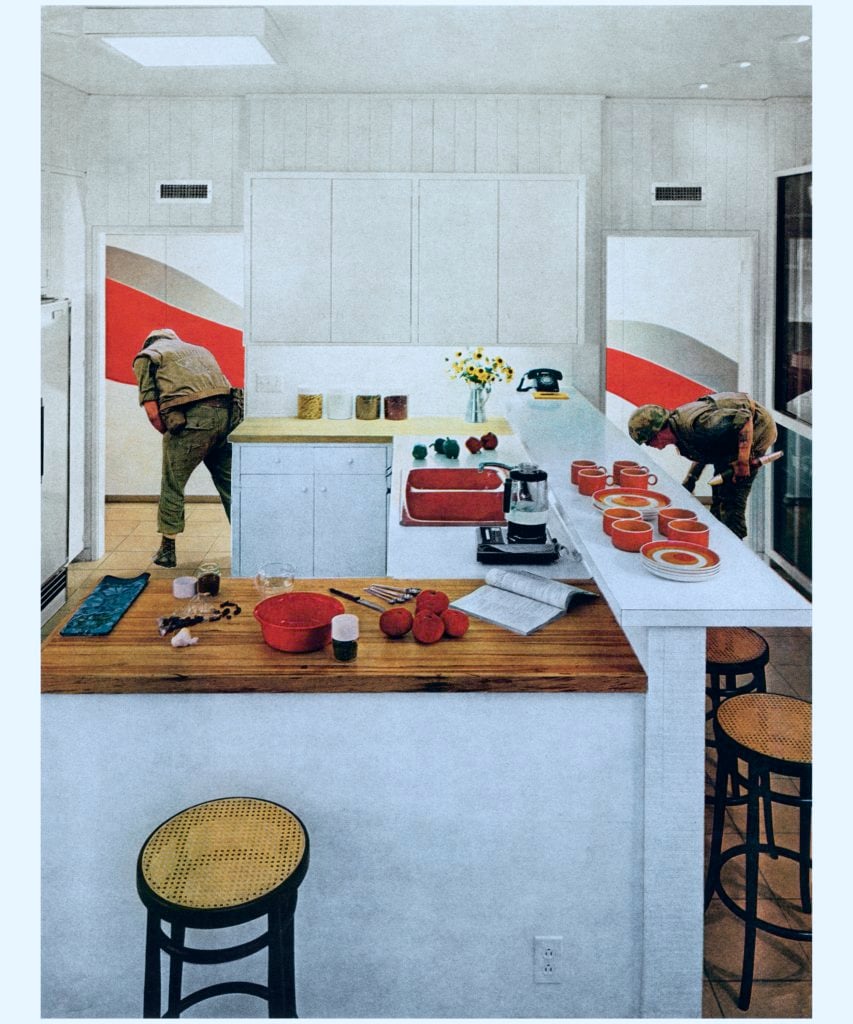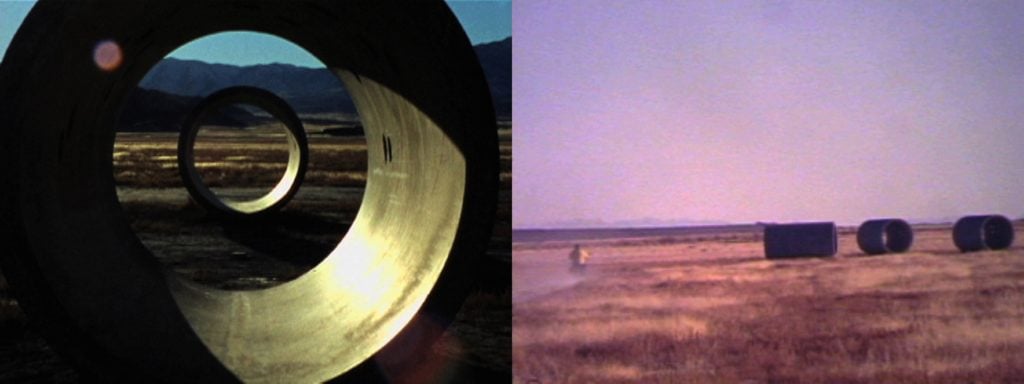People
‘How We Perceive the Past Has a Great Bearing on How We Live Now’: Art Historian James Meyer on Why the 1960s Won’t Fade Away
In his new book, the curator and historian suggests that some eras produce memories that cannot be forgotten.

In his new book, the curator and historian suggests that some eras produce memories that cannot be forgotten.

Pac Pobric

In the opening pages of the curator James Meyer’s new book, The Art of Return: The Sixties and Contemporary Culture, we find ourselves on Martha’s Vineyard in August 1971. It is the Summer of Love, and “a mania for nude swimming and sunbathing has overtaken the beaches.”
Meyer and a friend, “determined to prove our independence,” break free from their families and decide to hitchhike across the island. They walk and walk until they’re finally picked up by a man driving a VW bus. He has a beard, long hair, and he shouts, “Come on in!”
Meyer is only nine years old.
So begins the art historian’s perceptive study of the “long” 1960s (which actually covers roughly 1955 through 1975), and why that era continues to animate the imagination of artists, writers, and historians—even if, like Meyer, they mostly missed the period in question.
The book‘s impressive sweep, which looks at 20 international artists, is motivated by a range of probing questions. What purpose do historical reenactments serve? How do events from past eras shade our understanding of the present? What are artists doing when they “remember” moments from before they were even born?
Artnet News spoke with Meyer, a curator at the National Gallery of Art in Washington, DC, about the book’s genesis, his turn to Friedrich Nietzsche, and how today’s right-wing politics grew from reactions against 1960s progressivism.

Anri Sala, still from Intervista (Finding the Words) (1998). Courtesy of Idéale Audience International, Paris; Galerie Chantal Crousel, Paris; Galerie Esther Schipper, Berlin; Galerie Rüdiger Schöttle, Munich; and Marian Goodman Gallery, New York/Paris.
What would you describe as the greatest challenge of the book?
Figuring out the topic itself. What I am writing about? What is the ‘‘’60s return?” How do you define it? How do you understand that history is not static, that it impacts later periods or bleeds into them?
My earlier work—my books on Minimalism and my exhibition on the history of the Dwan Gallery in Los Angeles and New York—reflected a structuralist understanding of history as a set of discursive, economic, and institutional conditions specific to their time. This book understands the “long” ‘60s—the period stretching from the mid-‘50s to the mid-‘70s—as over and not over, a past that is not “past.”
Nietzsche, in his essay “On the Use and Abuse of History for Life,” proposes that history is a dynamic force. It can be a chain that binds us to the past, and a model of emulation. How we perceive the past has a great bearing on how we live now. As he says, we need to strike a balance between remembering and forgetting. It is vitally important to remember, yet not to the degree that we get stuck in the past. I discuss Kerry James Marshall’s paintings about Civil Rights-era memory, the Souvenirs, along these lines.

Kerry James Marshall, Memento V (2003). Nelson-Atkins Museum, Kansas City, Missouri. © Kerry James Marshall. Courtesy of the artist and Jack Shainman Gallery, New York.
What about inserting yourself into the narrative? You write about your childhood early in the book. Was that difficult?
It was a challenge to write myself into the story. It was counterintuitive to my training to inscribe my voice—my memory and nostalgia for a period I experienced before I could understand what was happening around me—into my work. It turned out to be at the very core of what the book is about.
My generation—the children of the ‘60s and ‘70s—was deeply impacted by what now appears to us as the last revolutionary period on a global scale. Revolutionary eras produce a surfeit of memory. They last longer because they’re more traumatic and more impactful than more quiescent eras. They return. I was forced to consider how my experience—the impressions of childhood we each have—had inflected my research, and the work of so many others: why it is that so many artists, writers, scholars, and filmmakers of my generation, give or take 10 years, have felt compelled to revisit that time? The more I looked into it the more I realized the phenomenon is international and quite broad. My book discusses more than 20 figures from the US, UK, Eastern and Western Europe, Asia, Africa, and South America. I considered 90.

Martha Rosler, Election (Lynndie), from the series “House Beautiful: Bringing the War Home, New Series” (2004). Photomontage. © Martha Rosler. Courtesy of the artist and Mitchell-Innes & Nash, New York.
In the book, you make a number of connections between the George W. Bush years, with the Iraq War, and the turmoil of the ‘60s. What are the connections between the long ‘60s and the moment we’re living in now?
The most obvious connection is between Watergate and the growing scandal involving Russia and Ukraine. The adjective “Nixonian” comes up a lot, and you see Watergate-era veterans—John Dean, Carl Bernstein, Bob Woodward, and so on—on TV regularly. What we have come to understand is this isn’t Watergate. Practices of return, as I call them, force us to see the differences between then and now. The misinformation campaign and hacking of the DNC server by Russian state intelligence was a highly successful espionage action by a foreign government, damaging to the Clinton campaign and US democracy. The impact is ongoing. A failed burglary in DC seems almost quaint in comparison.

Martha Rosler, Red Stripe Kitchen, from the series “House Beautiful: Bringing the War Home” (ca. 1967–72). © Martha Rosler. Courtesy of the artist and Mitchell-Innes & Nash, New York.
The book was written over the course of a number of years. Were you ever concerned that its relevance might expire in the gap between writing and the book’s ultimate publication?
Just imagine, my first essay on the subject was published in 1998! I was indeed worried that the book would lose its contemporaneity. What I discovered in the course of writing it is the very point the book makes: there is the historical ‘60s, a period that came to an end, and a “’60s” that returns, each time differently, depending on what’s happening in the current moment. It doesn’t go away.
During the Bush era, comparisons were made between the Vietnam and Iraq Wars, and between the anti-war movement and the relative lack of activism on campuses during the 2000s, connections I explore in works by Martha Rosler, Nancy Davenport, and Matthew Buckingham. Watergate is clearly germane right now. But it is important to recognize that the fissures we are experiencing between “red” and “blue” electorates came into play then, with the emergence of the New Left, identity politics, and Johnson’s Great Society programs, on the one hand, and the rise of Nixon’s “Silent Majority” on the other.
One could say that the reactionary turns since the ‘60s—anti-busing during the ‘70s, the election of Reagan in 1980, the rise of the Tea Party in 2010 and Trumpism in 2016—are extensions of that division. Right-wing efforts to disenfranchise voters of color, the Supreme Court’s 2013 gutting of the Voting Rights Act of 1965, and the administration’s efforts to curtail the Immigration Act of 1965 are other attempts to repeal the progressive gains of the ‘60s.

Amy Granat and Drew Heitzler, T.S.O.Y.W. (2007). © Amy Granat and Drew Heitzler.
What about the other side of the battle? Are there connections between the popular movements of the ‘60s and the movements of today?
The Civil Rights, anti-war, feminist, and LGBTQ movements emerged then; each had a powerful constituency that developed around a particular issue. One can hope that climate politics and the Black Lives Matter and gun-control movements will be so impactful.